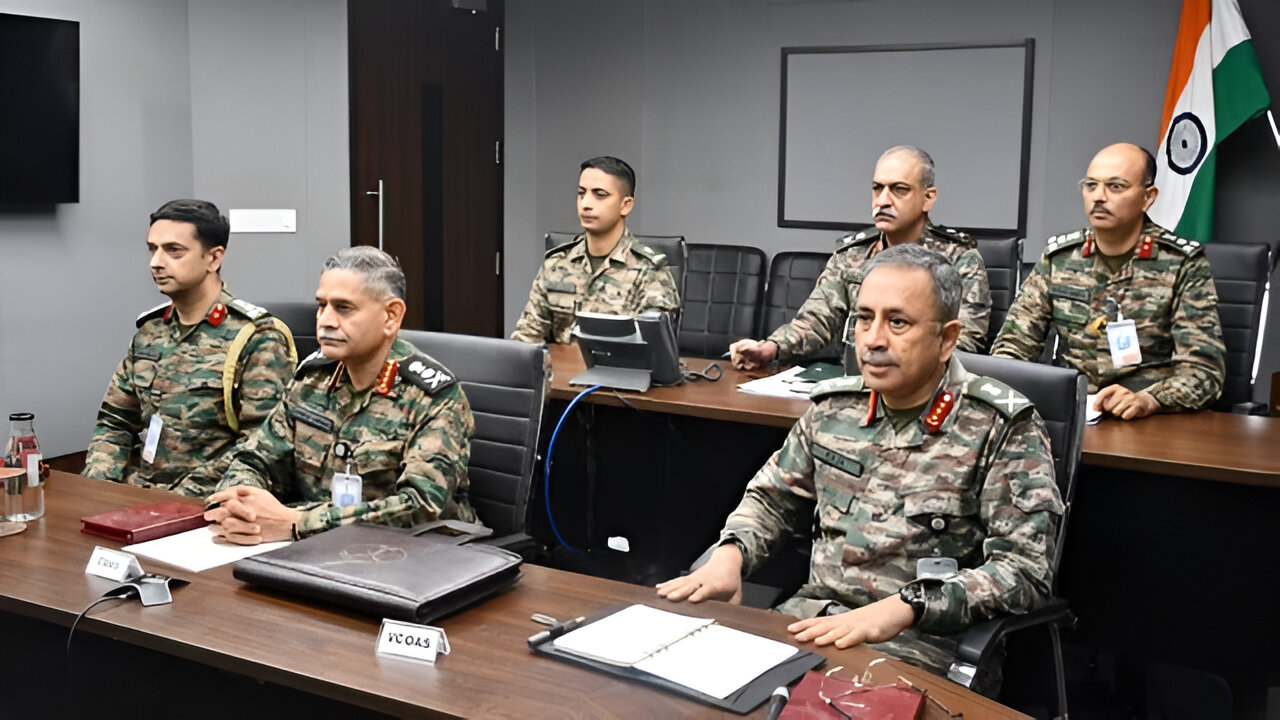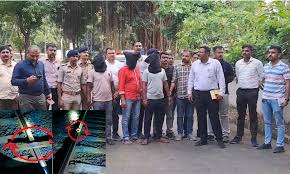India-Pakistan Tensions and Operation Sindoor: Live Updates and What’s Next
Summary
On May 11, 2025, India and Pakistan observed a fragile ceasefire after days of cross-border shelling, drone and missile attacks, and retaliatory strikes under “Operation Sindoor.” The Indian Army’s Chief of Army Staff, General Upendra Dwivedi, has granted field commanders “full authority” to counter any violations along the western borders. Calm has slowly returned to border villages in Jammu & Kashmir, Punjab, Rajasthan, and Gujarat, even as the Indian Armed Forces prepare a detailed briefing on Operation Sindoor. Political leaders domestically and internationally—including US former President Donald Trump, Sri Lanka’s President Anura Dissanayake, and Pope Leo XIV—have welcomed the ceasefire, while India’s Opposition demands an all-party meeting to review the situation
A Brief Lull or Lasting Peace?
Imagine two neighbors who’ve been feuding for days, and finally, they agree to stop shouting over the fence. There’s an uneasy quiet as both wonder if the truce will hold. That’s exactly the scene on India’s western borders as of May 11, 2025. After a week of drone incursions, cross-border shelling, and a retaliatory missile strike dubbed “Operation Sindoor,” both sides have agreed to a ceasefire—yet the specter of another flare-up looms large. In this detailed breakdown, we’ll explore how this ceasefire came about, what Operation Sindoor entailed, the human impact in border villages, the spectrum of political reactions, and what both nations must do to transform this fragile calm into sustainable peace
The Road to Ceasefire: Key Events Unfold
- Escalation Begins: Tensions ignited on May 6, with reports of drone attacks in Punjab and Rajasthan. Villages near the international boundary braced for impact as air sirens wailed and blackout orders were enforced in districts like Amritsar, Ferozepur, and Jaisalmer
- Cross-Border Shelling: From May 7 to 9, Pakistani forces shelled Indian posts in Jammu & Kashmir’s Uri sector and across Punjab’s border areas. Indian civilians evacuated bunkers, and local administrations imposed nightly curfews to safeguard residents
- India’s Retaliation – Operation Sindoor: In a calibrated response, the Indian Armed Forces launched “Operation Sindoor,” striking strategic targets in Pakistan’s Rahim Yar Khan airbase, rendering its sole runway non-operational for a week, as per a NOTAM issued by Pakistan’s Civil Aviation Authority on May 10
- Ceasefire Declaration: On May 10 at 5:00 pm IST, Directors General of Military Operations (DGMOs) of both nations agreed to halt firing on land, air, and sea. The understanding followed an urgent phone call between India’s Foreign Secretary Vikram Misri and his Pakistani counterpart at 3:35 pm IST
Full Authority to Field Commanders
Just hours after the ceasefire, Chief of Army Staff General Upendra Dwivedi personally reviewed the border situation, granting his commanders “full authority” to undertake kinetic countermeasures if the ceasefire was breached. This move underscores New Delhi’s intent to deter any future transgressions decisively, without waiting for political directives—much like arming sentries with the autonomy to defend the gates without running to headquarters for every order
Conclusion: From Truce to Trust
This ceasefire, like a delicate plant after a storm, needs careful nurturing. Operation Sindoor demonstrated India’s resolve and precision; now comes the harder part—building lasting trust with Pakistan and healing wounds at home. Full authority to field commanders ensures readiness, but only dialogue, verification, and people-centric policies will prevent another flare-up. As villagers return to their fields and shops reopen, the real test is whether this quiet morning can herald a peaceful tomorrow.
Frequently Asked Questions
- What prompted Operation Sindoor?
Operation Sindoor was India’s calibrated military response to repeated Pakistani drone and missile attacks on border districts, targeting key installations such as the Rahim Yar Khan airbase to deter further aggression - How will the ceasefire be monitored?
The ceasefire hinges on ongoing DGMO talks, joint patrols, and rapid response protocols. Both countries have agreed to zero tolerance for violations, with Indian commanders empowered to counteract breaches immediately - What is the role of the Election Commission during this period?
Although no state elections are imminent in the border areas, the Election Commission may deploy observers to ensure local governance bodies aren’t impacted by security operations or curfews. - How can civilians contribute to peacebuilding?
Community-led peace committees, interfaith forums, and youth dialogue platforms can foster mutual understanding, while local media can highlight positive cross-border stories to counter fear narratives. - What lessons can other conflict zones learn?
The India-Pakistan ceasefire underscores the importance of precise deterrence, diplomatic backchannels, and engaging neutral observers. Sustainable peace requires combining military readiness with robust civil society initiatives.




